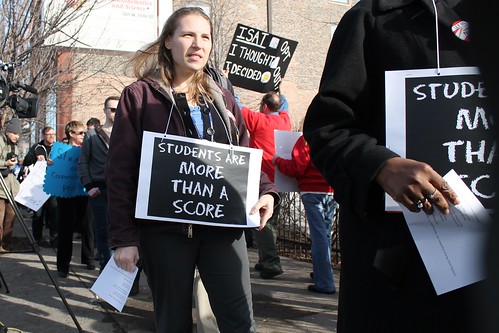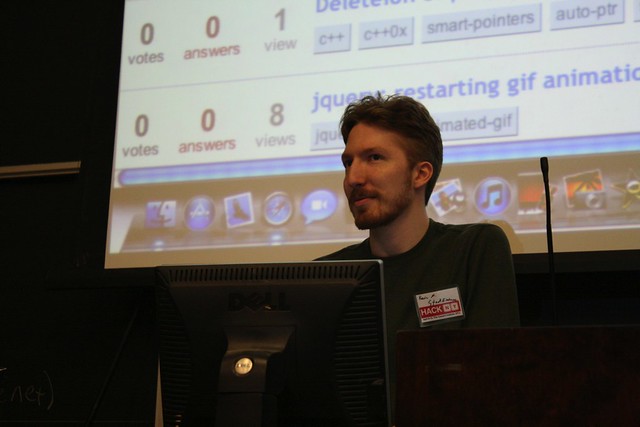
Tuesday, March 31, 2015
Friday, March 27, 2015
Chapter 4- Digital Blog Post #I
 |
| Photo credit by BobboSphere on Flickr |
 Technology makes our lives easier! In particular at work. To be a teacher now on these days is less stressful and way more fun. Many teacher use electronic grading software as a virtual recordkeeping system (Maloy, pg 71). This program automatically calculates the overall grade without having to do some math. Isn't great? So, students can have immediate access to their grades, and allow them to see their progress during the semester.
Technology makes our lives easier! In particular at work. To be a teacher now on these days is less stressful and way more fun. Many teacher use electronic grading software as a virtual recordkeeping system (Maloy, pg 71). This program automatically calculates the overall grade without having to do some math. Isn't great? So, students can have immediate access to their grades, and allow them to see their progress during the semester.Using technology in lesson planning is the most effective way to get the students' attention. The internet provides vast electronic resources for supporting lesson development using students learning objectives and understanding by design approaches (Maloy, pg 65). Also, using videos or pictures are a big attention gather for students. I love to see pictures as a examples. I learn more visually than hearing.
In conclusion, chapter 4 discusses the student learning objective, the use of technology to make lesson plans, how teachers evaluate their students, etc. Designing lesson plans with technology makes it better.
Resources:
De La Garza, D. (2015, March 27). Untitled Banner. Retrieved March 27, 2015, from https://magic.piktochart.com/output/5254946-untitled-banner
Maloy, R., O'Loughlin, R., Edwards, S., & Woolf, B. (2013). Transforming Learning with New Technologies. 2nd Edition. Boston, MA: Pearson Education Inc.
(n.d.). Retrieved March 27, 2015, from http://www.brighthubeducation.com/student-assessment-tools/16137-the-pros-and-cons-of-standardized-testing/
Sheffer, S. (2014, February 18). Do ACT and SAT scores really matter? New study says they shouldn’t. Retrieved January 28, 2015, from http://www.pbs.org/newshour/rundown/nail-biting-standardized-testing-may-miss-mark-college-students/
Wednesday, March 11, 2015
Chapter 9- Digital Blog Post #H
 |
| Photo credit by hackNY on Flickr |
- use the slides as attention-getters
- develop your own PowerPoint learning
- display questions or comments
- promote visual analysis
- use visual text
- make visual presentations
Another multimedia tool that is popular and effective teaching tool is video. Why use video in the Classroom? Teachers who use instructional video report that their students retain more information, understand concepts more rapidly and are more enthusiastic about what they are learning. With video as one component in a thoughtful lesson plan, students often make new connections between curriculum topics, and discover links between these topics and the world outside the classroom ("Resources").
Resources:
De La Garza, D. (2015, March 11). Voki For Web. Retrieved March 11, 2015, from http://www.voki.com/mywebsite.php
Maloy, Robert, Verock-O’Loughlin,Ruth-Ellen, Edwards, Sharon A., and Woolf, Beverly Park (2013). Transforming Learning with New Technologies. 2nd Edition. Boston, MA: Pearson Education, Inc.
Park, D. (2009, October 18). 10 reasons to use multi-media in classroom. Retrieved March 11, 2015, from https://www.youtube.com/watch?v=WRueMDK2-e8
Resources. (n.d.). Retrieved March 11, 2015, from http://www.thirteen.org/edonline/ntti/resources/video1.html
Subscribe to:
Posts (Atom)